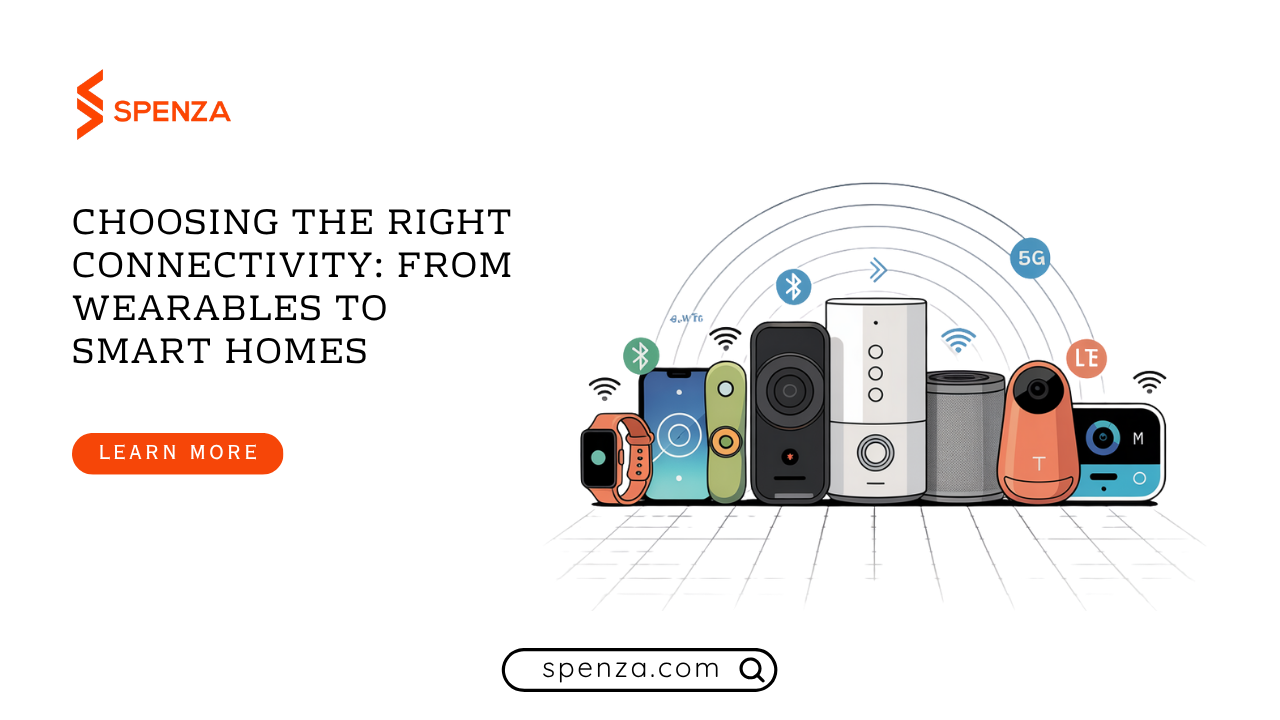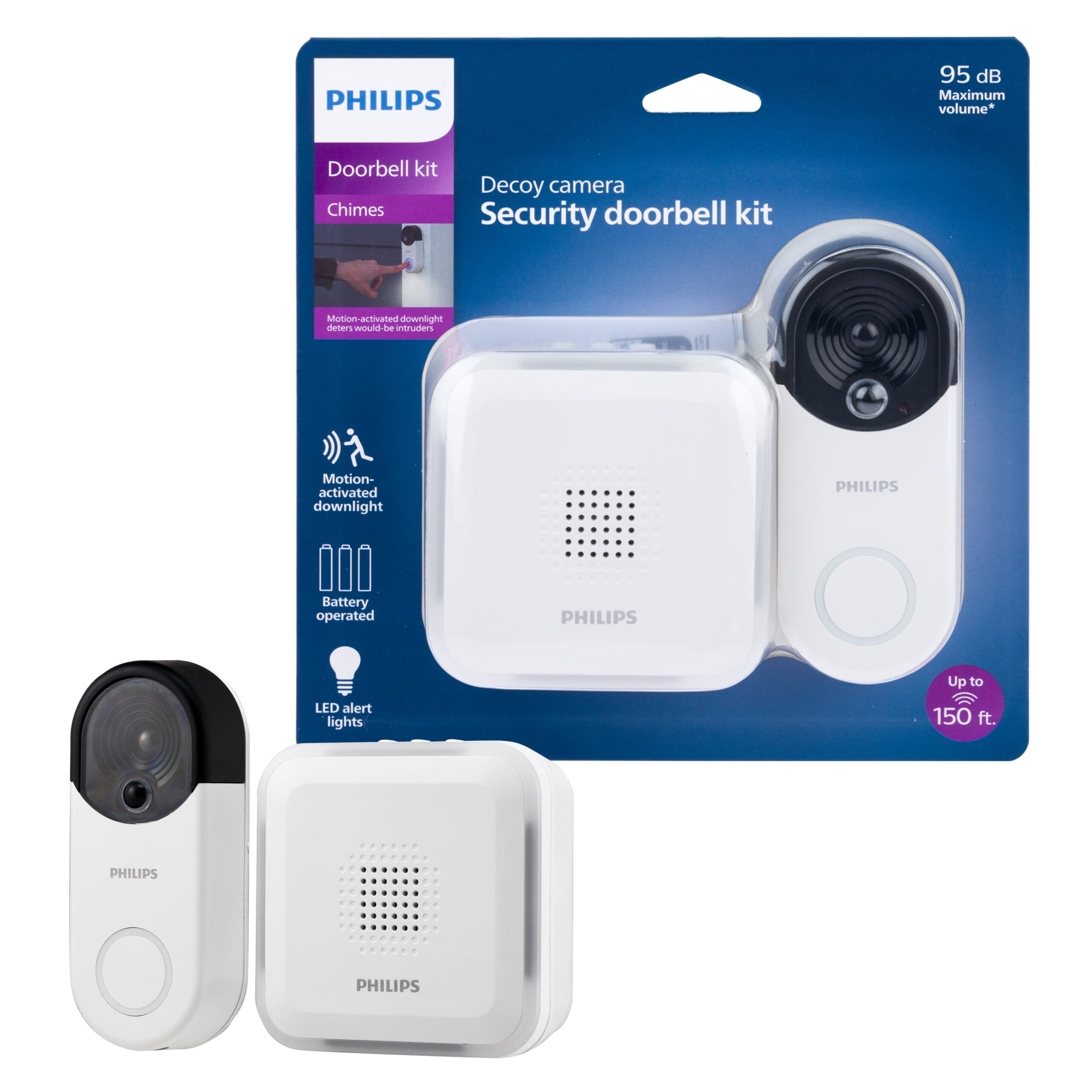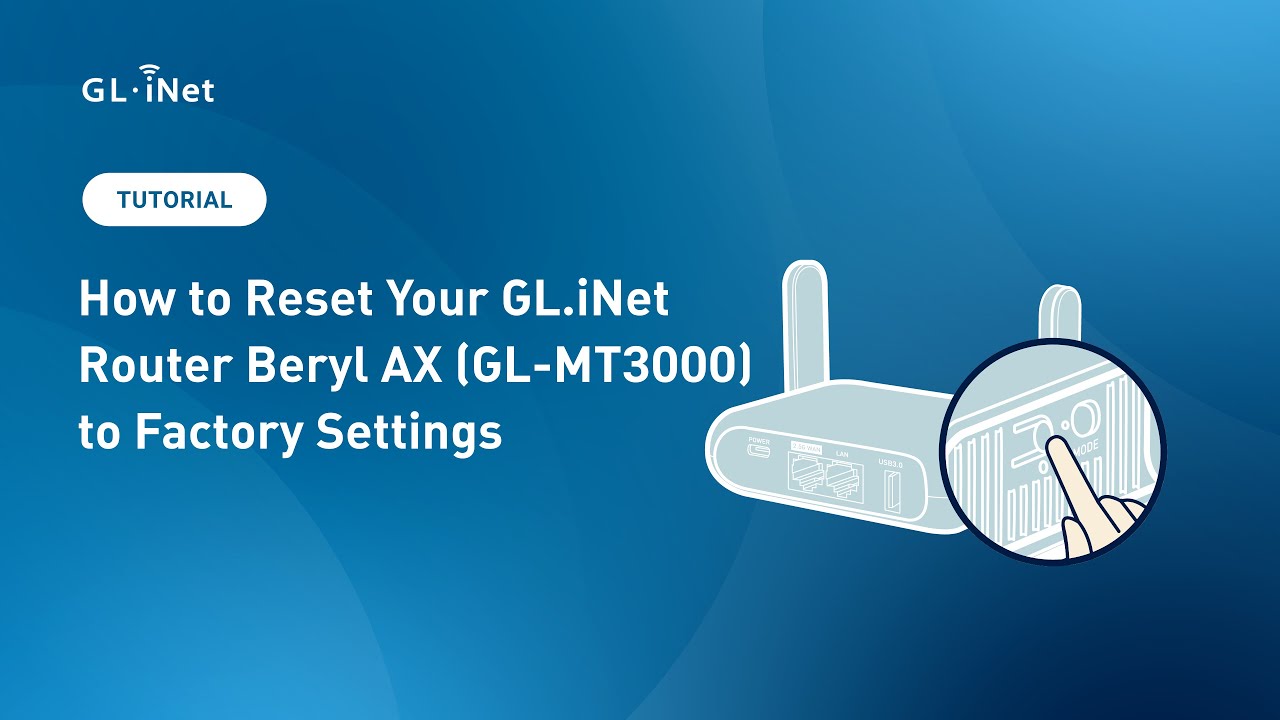Imagine controlling your lights, thermostat, and security system—all with a simple tap or even your voice. Smart home connectivity makes this possible, turning your house into a seamless, efficient space that adapts to your needs.
But how do all these devices talk to each other? And how can you set it up without feeling overwhelmed? If you want to make your home smarter, safer, and more comfortable, understanding smart home connectivity is the key. Keep reading, and you’ll discover how to unlock the full potential of your smart devices with ease.
Smart Home Ecosystem
A smart home ecosystem connects devices to make life easier. These devices work together to automate tasks and improve comfort.
Understanding the ecosystem helps you build a reliable and efficient smart home. It involves devices, communication, and control hubs.
Core Devices
Core devices are the main parts of a smart home. They include sensors, lights, cameras, and smart plugs. Each device performs a specific task.
These devices collect data or respond to commands. They help control temperature, security, lighting, and energy use.
- Smart lights for easy control and energy saving
- Thermostats to adjust home temperature automatically
- Security cameras for home monitoring
- Motion sensors to detect movement
- Smart plugs to control appliances remotely
Communication Protocols
Communication protocols allow devices to talk to each other. They use wireless signals to send and receive data.
Common protocols include Wi-Fi, Bluetooth, Zigbee, and Z-Wave. Each has strengths for different smart home needs.
- Wi-Fi offers high speed and wide range but uses more power
- Bluetooth is good for short-range and low power devices
- Zigbee supports many devices with low energy use
- Z-Wave works well for secure and reliable connections
Central Hubs
Central hubs connect all smart devices in one place. They manage communication and control of the smart home system.
Hubs simplify device management and allow automation routines. Some hubs support voice commands and mobile apps.
- Receive and send signals to devices
- Enable automation and scheduling
- Support multiple communication protocols
- Offer user-friendly control interfaces
Connectivity Options
Smart homes need devices to talk to each other. Good connections make devices work smoothly together.
There are many ways to connect smart devices. Each way has its own uses and limits.
Wi-fi Networks
Wi-Fi is common for smart home devices. It uses your home internet to link devices.
It works well for devices that need fast data. Cameras and smart TVs often use Wi-Fi.
- Easy to set up with home routers
- Good speed for video and audio
- Can use a lot of power
- Range depends on router strength
Bluetooth And Zigbee
Bluetooth connects devices in short range. It is common in speakers and smart locks.
Zigbee is a low-power option for many devices. It creates a mesh network to cover larger areas.
- Bluetooth is simple and direct
- Zigbee links many devices together
- Zigbee uses less power than Wi-Fi
- Bluetooth works best nearby
Thread And Z-wave
Thread is a newer network for smart homes. It builds a reliable mesh for device connection.
Z-Wave is made for home automation. It also uses mesh to connect many devices easily.
- Thread supports fast and secure links
- Z-Wave has strong device compatibility
- Both use low power for longer battery life
- Mesh networks extend range and stability
Integrating Voice Assistants
Voice assistants make smart homes easier to use. They let you control devices with simple speech.
Connecting voice assistants to your smart home helps with daily tasks and improves convenience.
Popular Voice Platforms
Many voice assistants work well with smart homes. They offer different features and device support.
- Amazon Alexa: Widely used with many smart devices.
- Google Assistant: Good for Google services and smart home control.
- Apple Siri: Works best with Apple HomeKit devices.
- Microsoft Cortana: Integrates with Windows and some smart devices.
Hands-free Control
Voice assistants let you control your home without using your hands. This is helpful when you are busy.
You can turn lights on or off, adjust thermostats, and play music just by speaking commands.
- Say “Turn on the lights” to brighten a room.
- Ask “Set thermostat to 72 degrees” to change temperature.
- Use “Play jazz music” to start your favorite songs.
Custom Commands
Custom commands let you create your own voice instructions. This adds more control to your smart home.
You can link multiple actions to one command for faster control of devices.
- “Good night” can turn off lights and lock doors.
- “Movie time” can dim lights and start the TV.
- “I’m home” can turn on lights and adjust thermostat.

Credit: www.freepik.com
Automation And Scheduling
Smart home connectivity lets you control devices automatically. Automation saves time and makes life easier.
Scheduling helps set devices to work at certain times. This keeps your home running smoothly without manual effort.
Creating Routines
Routines combine multiple tasks into one action. For example, a “Good Morning” routine can turn on lights and start the coffee maker.
You can customize routines for different parts of the day. This makes your home respond to your needs automatically.
- Turn on lights at sunrise
- Start music when you arrive home
- Lock doors and lower thermostat at bedtime
Trigger-based Actions
Trigger-based actions start when something happens. For example, a sensor can detect motion and turn on a light.
Triggers can be time, location, or sensor events. They make your smart home react quickly to changes.
- Motion sensor turns on hallway light
- Door opens, camera starts recording
- Temperature drops, heater turns on
Energy Management
Smart homes can save energy by controlling devices smartly. Scheduling and automation help reduce waste.
You can set devices to run only when needed. This lowers bills and helps the environment.
- Turn off lights in empty rooms
- Run appliances during off-peak hours
- Adjust thermostat based on occupancy
Security And Privacy
Smart home devices connect many parts of your house. They make life easier but need strong security.
Privacy is key. Protect your data and control who accesses your devices.
Data Protection
Smart devices collect a lot of personal data. Protect this data from theft or misuse.
Use strong passwords and update software often. This helps keep your data safe.
Secure Device Pairing
Pair devices carefully to avoid unauthorized access. Only connect trusted devices.
Use secure methods like QR codes or NFC to link devices safely.
- Avoid pairing over open Wi-Fi networks
- Confirm device identity before pairing
- Delete unused device connections
Network Safety Tips
Keep your home network secure to protect all smart devices. Use strong Wi-Fi passwords.
Regularly check your network for unknown devices. Use firewalls and encryption for safety.
- Change default router passwords
- Enable WPA3 or WPA2 security
- Turn off network features you do not use
- Keep router firmware updated

Credit: www.freepik.com
Troubleshooting Connectivity
Smart home devices need a strong connection to work well. Sometimes, the connection can fail or slow down.
Knowing how to fix these issues helps keep your smart home running smoothly.
Common Issues
Wi-Fi dropouts, slow speeds, and device disconnections are common problems. These can happen due to weak signals or interference.
Sometimes, devices may not connect because of incorrect settings or network overload.
Signal Boosting
Weak Wi-Fi signals cause many connectivity problems. You can improve the signal by placing your router in a central spot.
Using Wi-Fi extenders or mesh networks helps spread the signal evenly in your home.
- Keep the router away from walls and metal objects
- Use Wi-Fi extenders to cover dead zones
- Try mesh Wi-Fi systems for large homes
- Reduce interference from other electronics
Firmware Updates
Firmware is the software inside your smart devices. Updating firmware fixes bugs and improves connectivity.
Check for updates regularly in the device app or settings menu. Install updates to keep devices working well.
Future Trends
Smart home technology is changing fast. New trends will shape how devices connect and work together.
Understanding these trends helps people prepare for smarter and easier home living.
Ai Integration
Artificial intelligence will make smart homes more helpful. AI can learn habits and adjust settings automatically.
Smart devices will predict needs, save energy, and improve comfort without much user input.
- Voice assistants will get smarter and more natural
- AI will manage home security with better detection
- Energy use will optimize based on daily routines
5g Impact
5G networks provide faster and more reliable internet. This speed allows smart devices to work better together.
Homes will support many devices at once without slowdowns or drops in connection.
- Quicker response times for smart devices
- Improved video streaming for security cameras
- More devices can connect without lag
Interoperability Advances
Devices from different brands will work together more easily. This makes smart homes simpler to set up and use.
Standards and protocols will improve to help devices share information and cooperate.
- Unified control apps for multiple devices
- Better device compatibility across brands
- Easier device setup and management

Credit: timestech.in
Frequently Asked Questions
What Is Smart Home Connectivity?
Smart home connectivity refers to the integration of devices via a network. This allows devices to communicate and automate tasks. It enhances convenience, efficiency, and security in your home environment. Using technologies like Wi-Fi, Bluetooth, or Zigbee, you can control your smart devices remotely.
How Do Smart Home Devices Connect?
Smart home devices connect through wireless technologies like Wi-Fi, Bluetooth, or Zigbee. These protocols enable seamless communication between devices and a central hub or smartphone. This connectivity allows for remote control and automation, enhancing user convenience and efficiency. It simplifies managing multiple devices within a smart home ecosystem.
Can Smart Home Devices Work Together?
Yes, smart home devices can work together if they are compatible. Compatibility is ensured through protocols like Zigbee or Z-Wave. These protocols allow devices to communicate and automate tasks. Integration ensures a cohesive smart home environment, enhancing user experience and convenience.
Why Is Smart Home Connectivity Important?
Smart home connectivity is important for convenience and energy efficiency. It allows remote control and automation of devices, enhancing user experience. Connectivity also improves security by integrating smart locks and cameras. Overall, it streamlines home management, saving time and resources for homeowners.
Conclusion
Smart home connectivity makes life easier and more efficient. Devices work together to save time and energy. You control your home from anywhere with simple apps. Security improves as smart systems watch for problems. Setting up a smart home is simpler than before.
Start small, then add devices as you go. Stay connected, stay safe, and enjoy comfort every day. Smart homes bring convenience right to your fingertips. Explore how technology fits your lifestyle and needs.
17 min read






